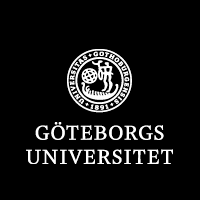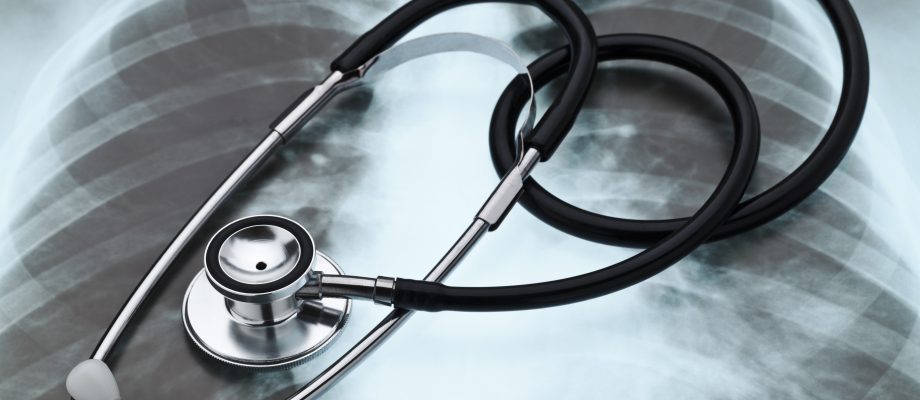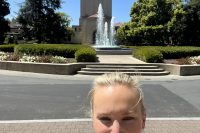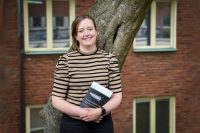RESEARCH. The launch of unique SCAPIS is approaching. SCAPIS is a bank of data, blood samples and bioimages from 30,000 participants that will be openly available for researchers throughout the country and eventually the world. “Our vision is to find the individuals at risk of cardiovascular disease and chronic obstructive pulmonary disease so that they can receive treatment earlier,” says Göran Bergström, director of SCAPIS, professor at the University of Gothenburg, and senior physician at Sahlgrenska University Hospital.
It has been thirteen years since the idea of SCAPIS first arose. Now, its launch is just months away. This is an enormous knowledge bank for researchers wanting to study different aspects of cardiovascular and lung diseases.

“Our main vision is to reduce these types of diseases in future generations or at least postpone them with age. Through research, we can discover who is at risk of becoming ill and treat them early. This is about being able to have more healthy years,” says Göran Bergström.
A total of 30,000 randomly chosen participants ages 50 to 64 are included in SCAPIS. They have all had thorough health exams, including CT scans, ultrasound exams, and lung function tests. They have also registered physical activity and answered questions about lifestyle and eating habits.
SCAPIS will launch on March 17. Some of the data will be available from that date and more will be made available regularly.
“Researchers submit an application via our website about what data they want to use. There are lists of what data types are available. Currently we have about 1500 variables to choose from and researchers can select what they are interested in.”
Can you give some examples of what type of research you think researchers want to do?
“With the data we currently have, examples include looking at what risk factors control whether you get atherosclerosis in the coronary arteries. Researchers could also look at how the work environment affects lung disease or how obesity affects heart disease. The classic of finding different risk factors.”
As of March, SCAPIS will be available to researchers across the country who want to apply to use data. Within a few years, the plan is also to give international researchers access to the material.
It is the size of SCAPIS that makes the study unique. Thirty thousand participants means that the material can be detailed, but it is also new to have such extensive examinations of healthy people, says Göran Bergström.
“For example, we have x-rayed the coronary arteries of a group of people who are not sick. We also did lung CT scans of non-smokers, something that is completely innovative.”
Can SCAPIS be used for research in COVID-19?
“We have thought a lot about this question, of course. We hope to be able to do another exam and find out which of our participants had COVID-19. That would allow us to look at what risk factors exist for catching COVID-19, who becomes severely ill and what the long-term effects look like. We have done lung X-rays on our participants, and this would allow researchers to compare the lungs before and after COVID-19 infection.”
FACTS ABOUT SCAPIS
- Are you a researcher who wants to apply to use SCAPIS data? Visit scapis.org for more information on available data and how to apply.
- The website scapis.se has more information about SCAPIS.
- SCAPIS stands for Swedish CardioPulmonary bioImage Study. The study is led by a national team of researchers from universities and university hospitals in Gothenburg, Linköping, Malmö, Stockholm, Uppsala and Umeå.
- The main funder for SCAPIS is the Swedish Heart-Lung Foundation. Vinnova, the Swedish Research Council, and the university hospitals have also contributed funding.
TEXT: KARIN EURENIUS / SAHLGRENSKA UNIVERSITY HOSPITAL











